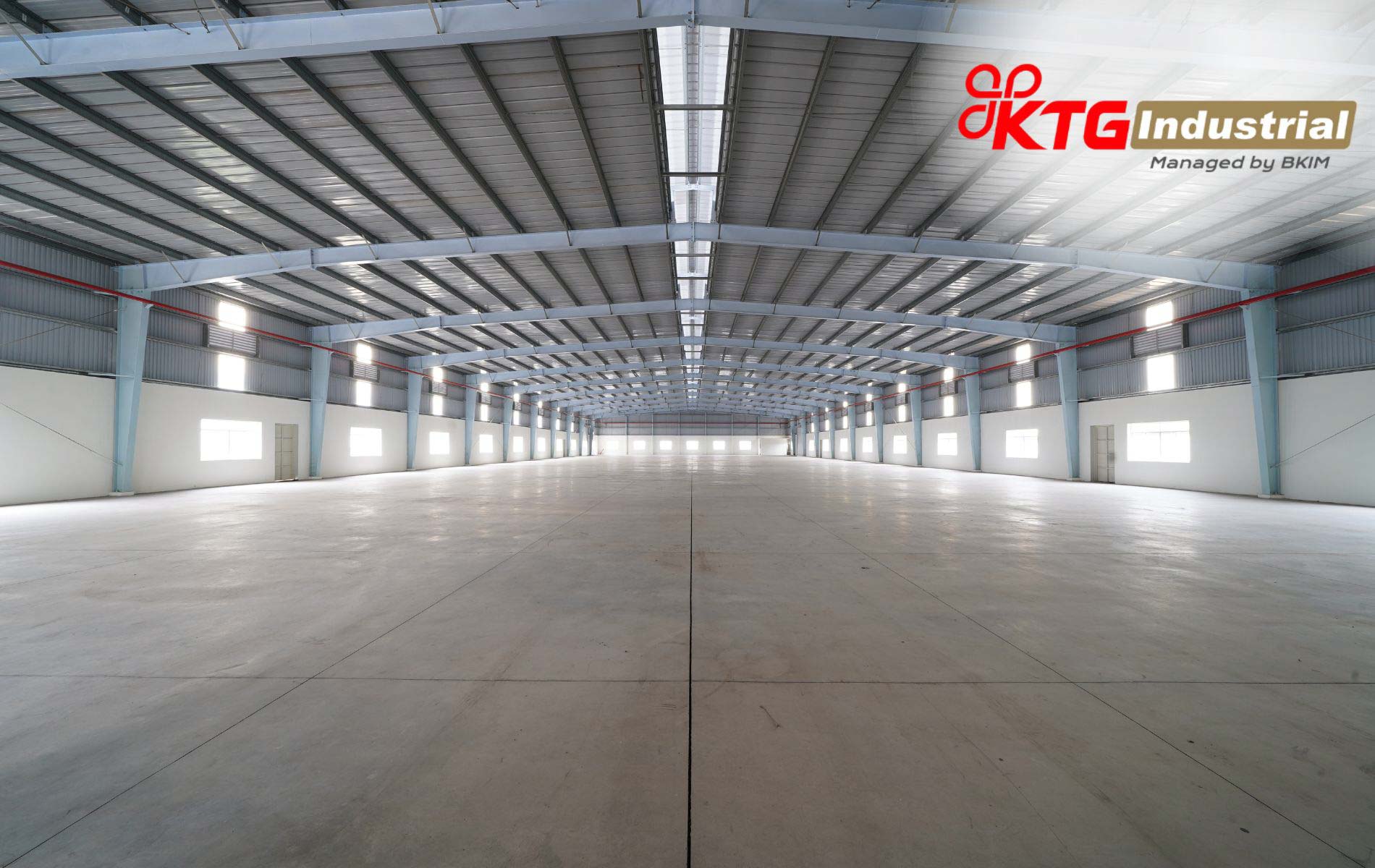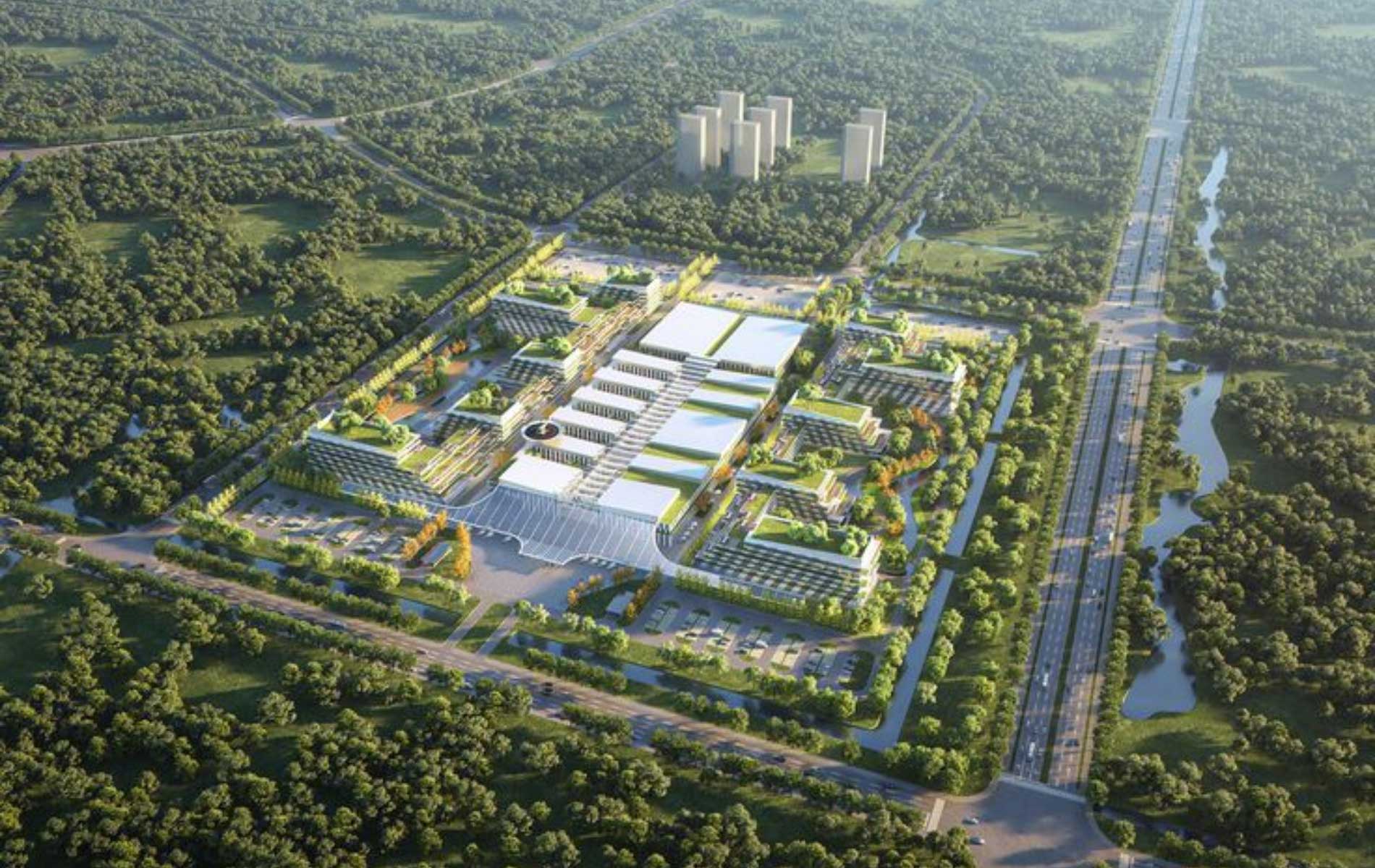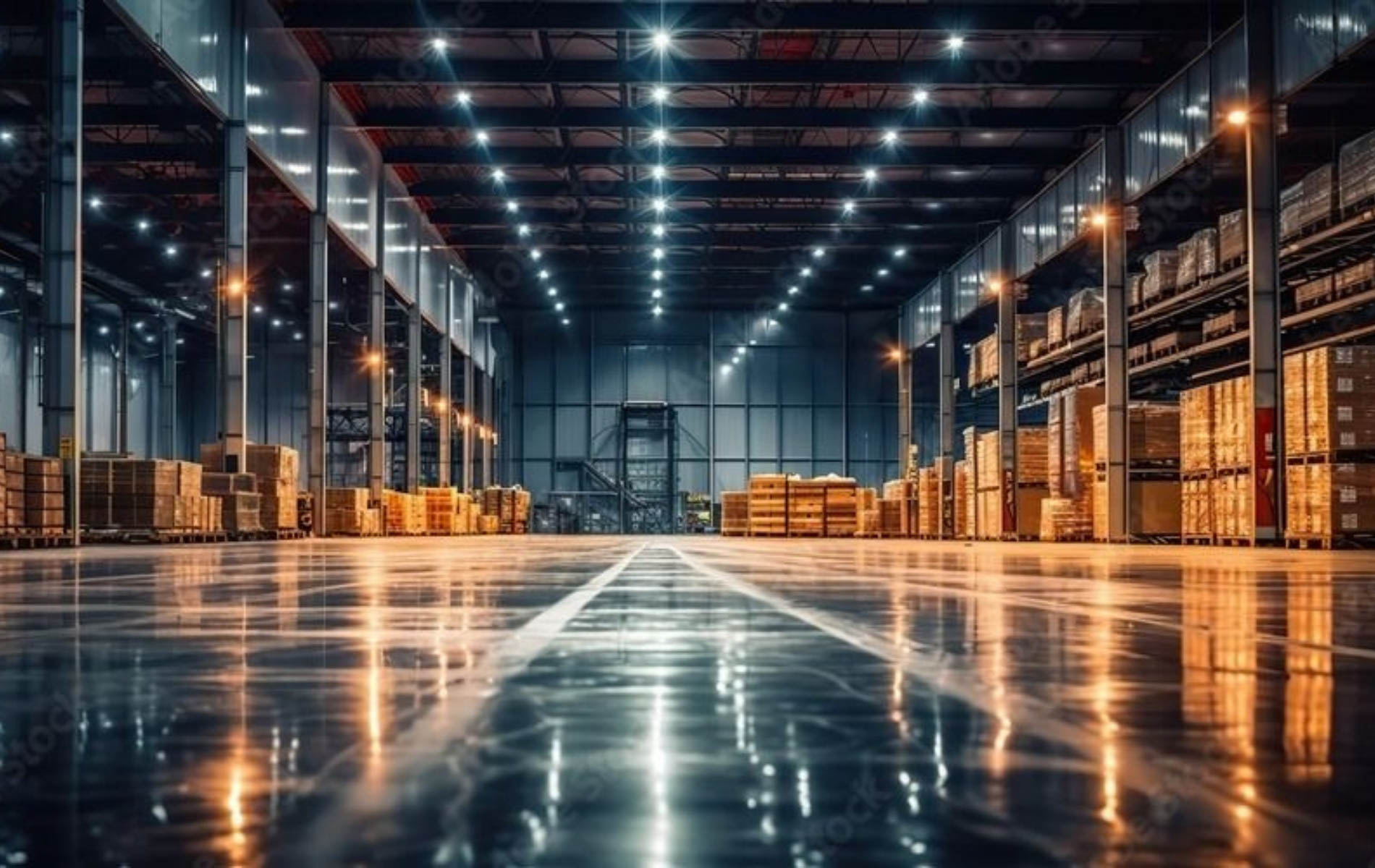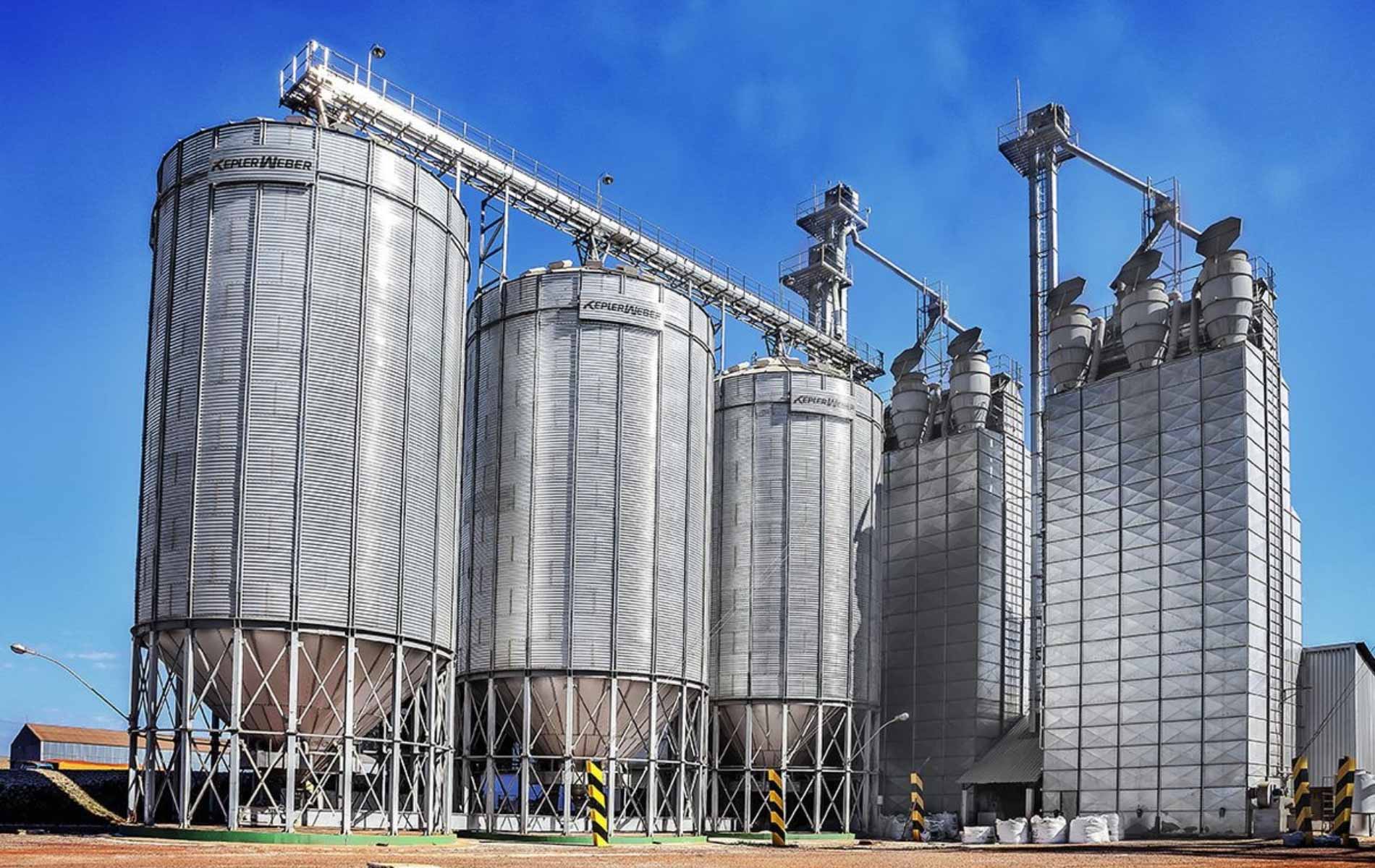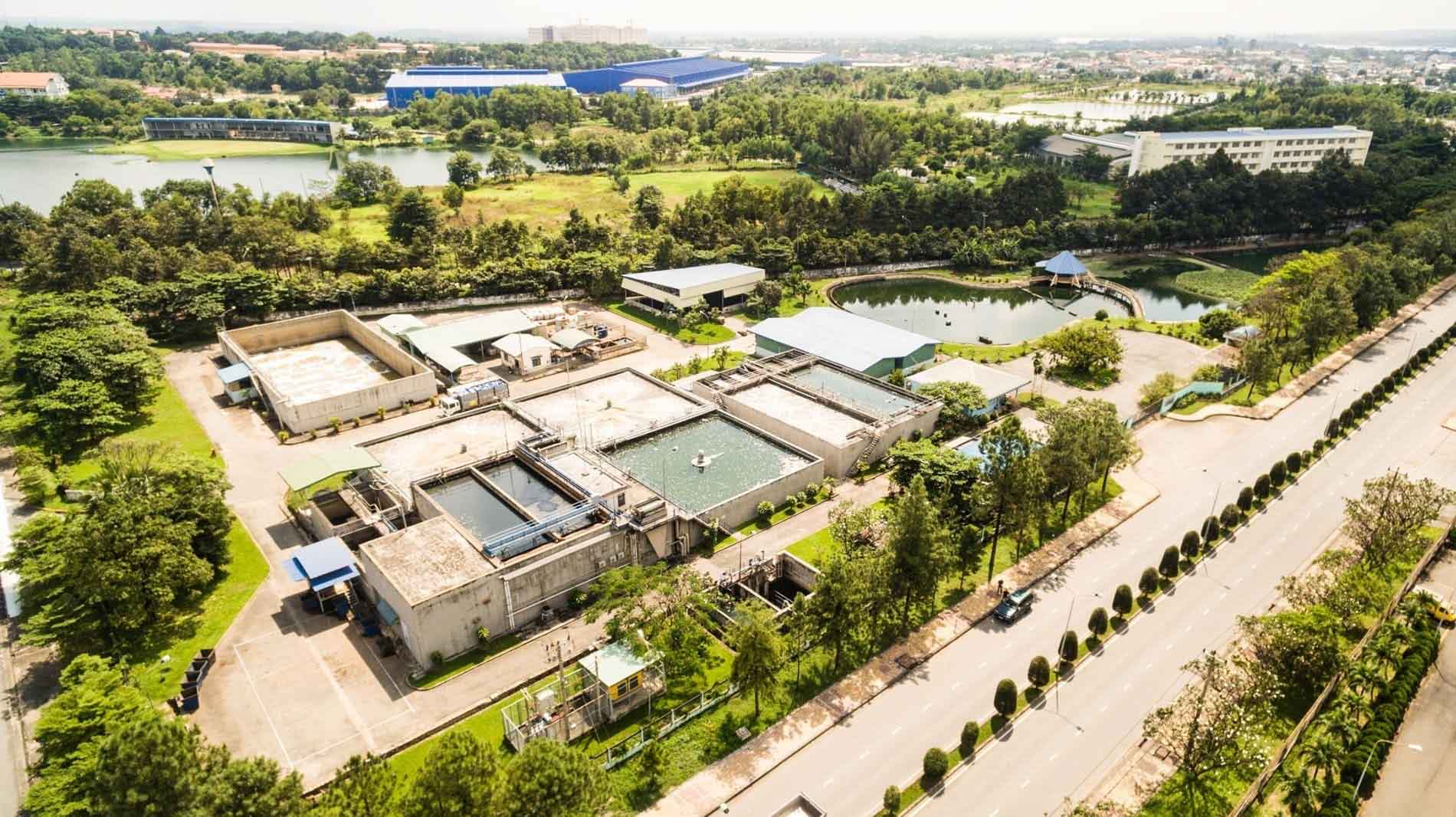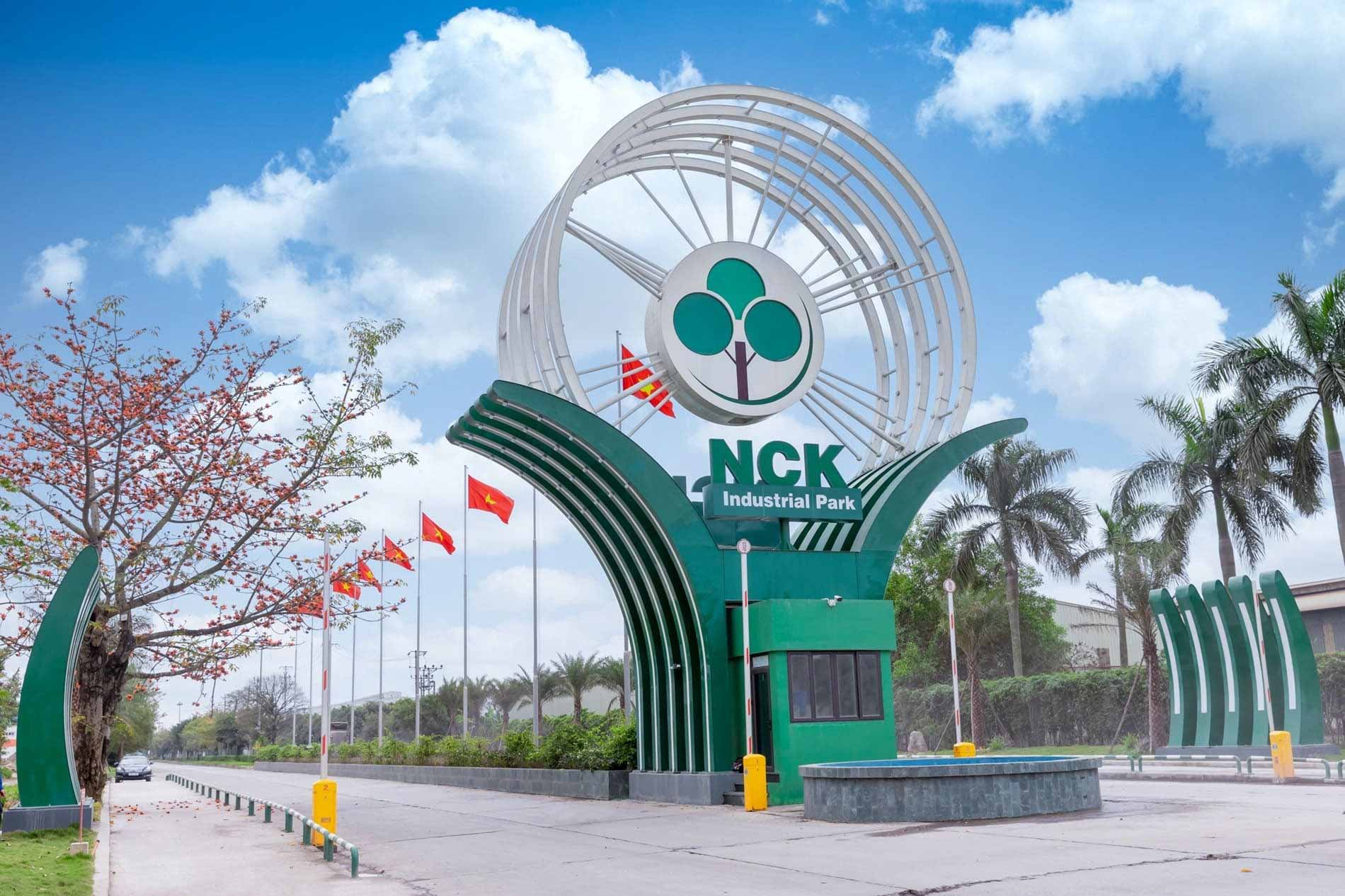As supply chains continue to evolve rapidly, warehouse leasing models in Vietnam are also being reshaped to support more flexible operations.
From traditional to modern solutions, these models not only help businesses optimize storage operations but also enhance distribution efficiency.
This article from KTG Industrial compares the most common warehouse leasing models and offers practical guidance to help businesses make informed, cost-effective decisions.
Warehouse leasing models in Vietnam
In Vietnam, depending on storage requirements and operational scale, businesses can choose from a range of warehouse leasing models. Among them, the two most common types are private warehouse leasing and public (shared) warehouse leasing.
Each model offers distinct advantages suited to different business strategies and operational needs. A clear understanding of these options enables enterprises to optimize costs and improve efficiency in storage and distribution.
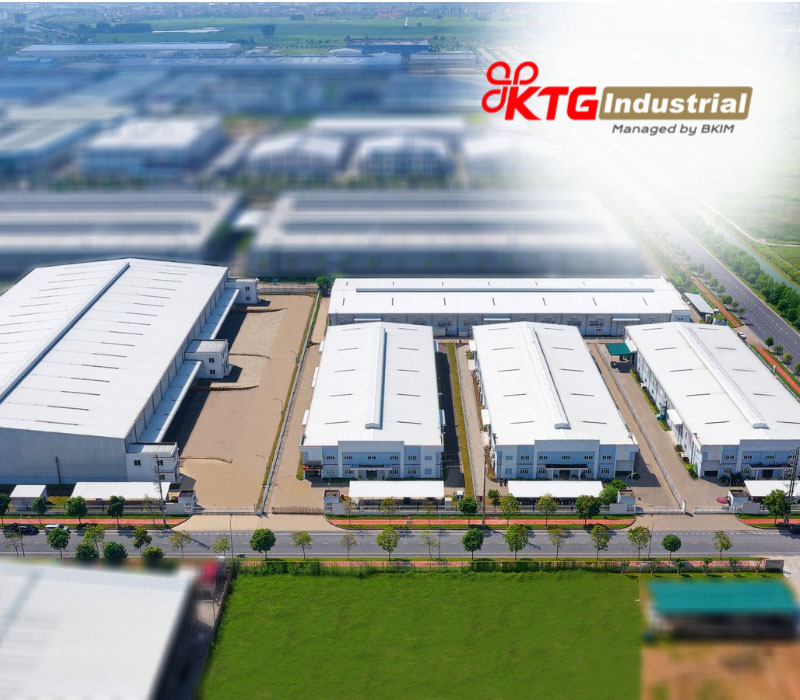
Businesses should select a warehouse model that aligns with their specific operational demands
Private warehouse leasing
Private warehouse leasing refers to a model where a business leases and utilizes the entire warehouse space independently, without sharing it with other tenants. This option is typically favored by large enterprises with strong financial capacity and a consistent, long-term need for storage.
Private warehouses are usually leased on a full-package basis through specialized industrial warehouse providers. This arrangement allows businesses to maintain full control over operations, customize the facility layout, and optimize space usage based on their unique requirements.
Advantages of private warehouse leasing
This model is well-suited for businesses handling large volumes of goods, requiring high levels of security, or needing dedicated operational space.
Private warehouses allow companies to have full control over their storage environment and optimize space management according to their specific needs. Key advantages of this model include:
- Complete control over warehouse operations, from inbound and outbound processes to inventory arrangement.
- No space limitations when faced with unexpected storage demands or expansion plans.
- Flexibility to improve or adjust warehouse layout, allowing businesses to quickly adapt to operational changes.
This model is especially suitable for manufacturing, import-export, or large-scale logistics companies that require stable operations and strong confidentiality.
Disadvantages of private warehouse leasing
While offering significant control and operational flexibility, private warehouse leasing also presents several challenges, particularly in terms of financial commitment and space utilization efficiency. Businesses should carefully evaluate this model based on the following drawbacks:
- High initial investment costs, including rent, warehouse management systems, equipment procurement, and workforce training.
- Potential inefficiency if storage volumes decline or the space is underutilized, leading to waste.
- Limited flexibility in the short term, especially if the business needs to downsize or shift its operational model.
Therefore, private warehouse leasing should be considered a long-term investment strategy, requiring careful cash flow planning and a clear understanding of actual storage needs.
Shared warehouse leasing (public warehouse)
Shared warehouse leasing refers to a model where businesses rent storage space within a shared, centrally managed warehouse. The facility is operated and controlled by the leasing provider.
This model helps companies minimize upfront investment costs and is particularly suitable for small and medium-sized enterprises (SMEs) or those with flexible storage needs.
Additionally, since the business does not own fixed assets, it is not subject to property tax as it would be with a private warehouse.
Advantages of shared warehouse leasing
This leasing model offers several practical benefits, especially for businesses that prioritize flexibility and cost-efficiency. Key advantages include:
- Flexible rental terms, suitable for short-term needs or fluctuating inventory volumes.
- Rent is based on the actual area used, allowing businesses to save when inventory levels decline.
- Minimizes the risk of space underutilization, as companies do not need to rent large areas upfront.
Thanks to these advantages, shared warehouse leasing is a smart choice for many SMEs seeking efficiency and adaptability.
Disadvantages of shared warehouse leasing
Although this model offers convenience and cost savings, businesses should be aware of some limitations:
- When inventory volume increases significantly, companies must expand their leased space, which may incur additional costs.
- In long-term lease agreements, adjusting storage space or switching to a different layout can be difficult due to contract constraints.
- Businesses do not have full autonomy in managing or modifying the warehouse space, unlike in private leasing models.
That said, long-term leases in shared warehouses generally provide better security and operational consistency compared to short-term contracts.
KTG Industrial – Ready-built warehouse solutions for businesses
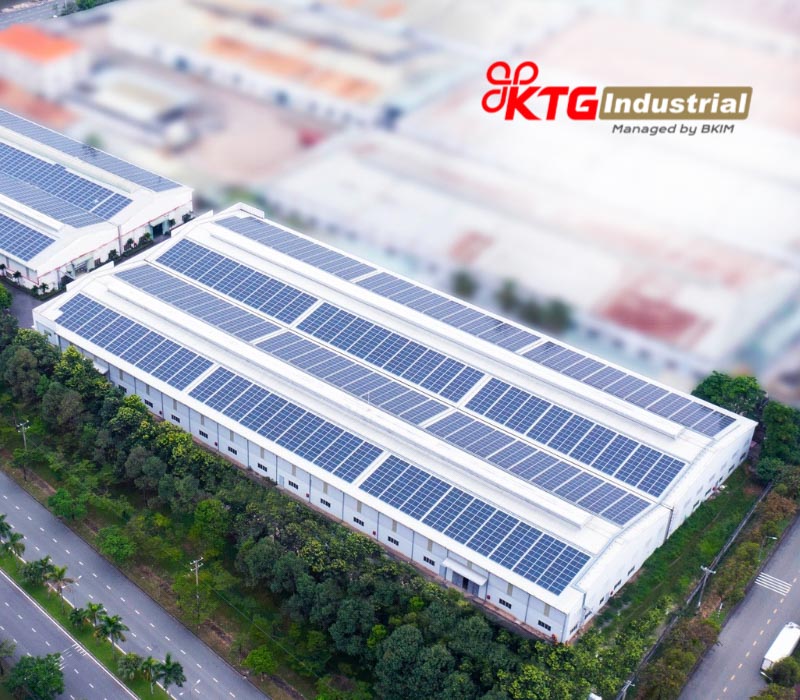
KTG Industrial Tam Phuoc B offers modern facilities with comprehensive technical utilities and operational support services
KTG Industrial provides a wide range of leasing solutions to meet various warehousing and factory needs. These include ready-built warehouses and factories available for immediate lease, as well as built-to-suit options tailored to specific client requirements.
This flexibility allows businesses to choose the most suitable solution—ranging from small units to large-scale projects—adapted to their industry and production plans.
KTG Industrial goes beyond offering physical space by embracing sustainable development guided by ESG standards. Warehouses and factories are designed based on FEED standards and equipped with rooftop solar energy systems, reducing electricity costs and minimizing carbon emissions.
On-site infrastructure is thoughtfully planned to ensure efficient operations: 2 tons/m² floor load capacity, ceiling heights up to 10 meters, fully equipped fire protection systems, integrated office space, and stable power supply.

Green and clean energy is leading the future of industrial development
What sets KTG Industrial apart is its comprehensive support throughout the entire leasing and operational process. From legal procedures and technical support to local government liaison, businesses receive hands-on assistance.
With the strategic partnership between Khai Toan Group (Vietnam) and Boustead (Singapore), KTG Industrial delivers not only high-quality industrial spaces but also sustainable, modern, and intelligent development solutions for enterprises operating in Vietnam.
Conclusion
Understanding the different types of warehouse leasing is a crucial first step for businesses to select the most suitable solution aligned with their operational needs and growth strategy. Each model offers distinct advantages in terms of cost, management, and operational flexibility.
By clearly identifying the strengths and limitations of each leasing option, businesses can better optimize their resources, enhance operational efficiency, and be well-prepared for long-term success in the Vietnamese market.

